One of the most common questions we are asked on by guests on the Old Beijing Dinner Tour is: What do Beijing locals eat for breakfast?
It’s a question we love answering because we love Beijing breakfast foods and we welcome every opportunity to share all the delicious details. In fact, we offer our Beijing Hutong Breakfast tour, where we sample all of our favorite foods listed below. If you’re looking for a guided experience that takes the guesswork out of eating like a local, you can sign up here.
Beijing breakfast can best be described with three Bs: Bing, Bao, and Bowls. Below, we’ll explain all three Bs and give you our favorite examples of each. But first, here’s a few words from the Beijing local and UnTour Hutong Breakfast Tour guide, Candice, about how breakfast has changed in Beijing over the last few decades.
When my mom was a teenager, everyone’s usual breakfast was mantou [馒头, mán tou, a steamed wheat flour bun without filling] with fermented tofu for flavoring and porridge on the side. Once a week my mom would be given sesame paste to flavor her mantou, and that would be the highlight of her week.
My mother told me that there was one girl she knew who could sometimes have [Western] bread for breakfast because her parents had access to Foreign Exchange Certificates that were used to buy foreign or imported items at the time, and that all of the other girls were jealous of her.
When I was a kid, breakfast in Beijing had already become much more interesting. I would have baozi, fried liver, fried bread, soy milk and wontons [see below] for breakfast on the street, or have bread and soy milk at home.
Breakfast in Beijing has become far more internationalized now. Some of my friends stick with tradition and eat steamed buns and soy milk for breakfast, but others start the day with coffee and toast. For me, my favorite Beijing breakfast is tang you bing [see below]. There is hardly anything better than hot, sweet, fluffy dough as your first bite in the morning.
Bing
In Chinese, the character 饼 (bǐng) refers to any kind of flat, flour-based food, from cookies to tortillas to Indian roti; if it’s flat and made of flour, it’s a bing. Ovens are not common in Chinese kitchens so the majority of baked goods are produced on flat griddles, sometimes with a heavy lid to trap the heat. Some are covered in sauces and spices, some are stuffed with meat or vegetables, and some are eaten plain as an accompaniment to other dishes. Here are three to look out for in Beijing:
Jianbing
Often called Chinese crepes, jianbing (煎饼, jiān bǐng, lightly fried bing) precede their French equivalents by a few thousand years. Said to have first been consumed around 2600 years ago, these thin, flat bing are made by spreading batter –usually wheat flour, millet flour, or mung bean flour- over a round, flat griddle and sprinkling black sesame seeds over the top. A whole egg is then spread over the surface of the bing to create a second layer as it cooks. Extra layers are added with the addition of sweet flour paste, fermented tofu paste and chili-bean paste before green onions and cilantro are added. Finally, a crispy piece of deep-fried wonton skin is placed on top and the crepe is folded into a multi-layered, multi-textured, multi-flavored package. Keep an eye out for round, flat griddles in small shop fronts or in glass boxes on the back of tricycles to find jianbing in Beijing.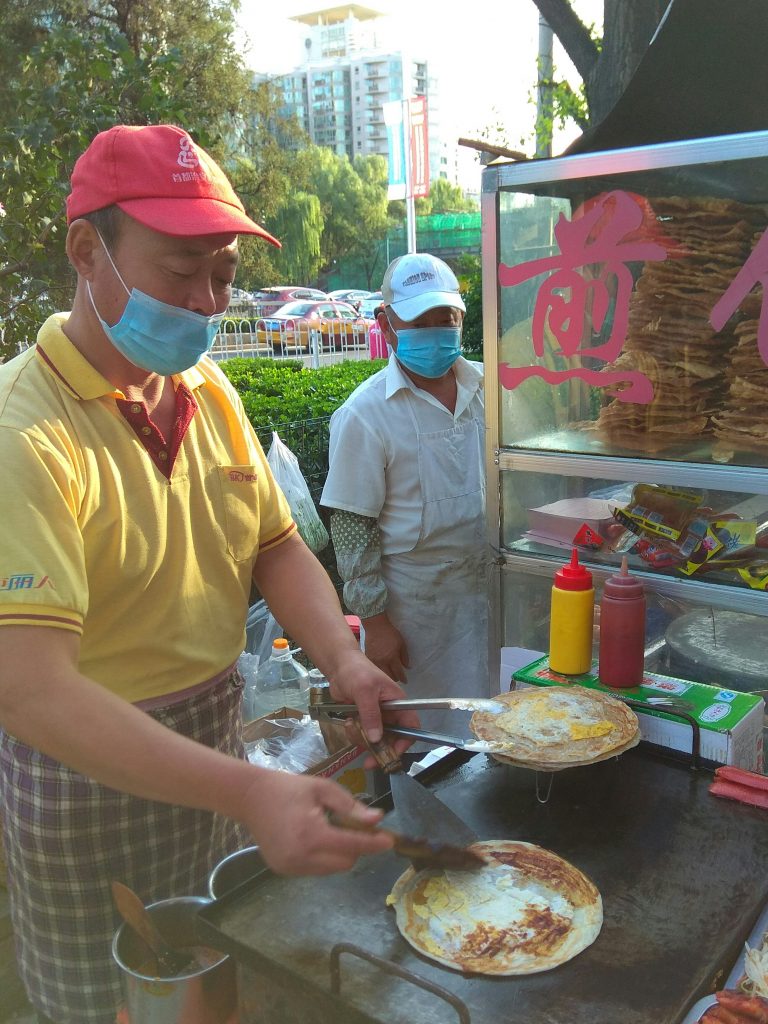
Shou Zhua Bing
Cooked on the same griddle as a jianbing, Shou Zhua Bing (手抓饼, shǒu zhuābǐng, handheld bing) are made by lightly frying a pre-prepared bing, similar in shape and texture to a tortilla. An egg is cracked and fried on top of the bing, which is then rolled into a convenient, handheld wrap. Sauces and fillings are at the customer’s discretion, but usually include shredded, fried potatoes, pickled or preserved vegetables, chili sauce, and sweet flour paste. The ease of holding and consuming these bing make them very popular with commuters, so keep your eyes peeled for them around subway entrances and exits.
You Bing
These Beijing breakfast staples are kneaded and stretched like naan bread, before being thrown into hot oil and fried until soft and golden. Traditionally eaten as a savory accompaniment to other dishes (see the Bowls section below), you bing (油饼, yóu bǐng, oil bing) also come in a sweetened version where the dough is coated in brown sugar that caramelizes as it fries. Look for large woks of oil outside restaurants to find this delicious breakfast snack.
Bao
The word Bao (包, bāo) simply means a bag or a package and refers to steamed buns stuffed with meat or vegetable fillings. There are a wide variety of bao available all over China, however, there are two main types served for breakfast in Beijiing.
Xiao Long Bao
These small, golf ball-sized steamed buns (小笼包, xiǎo long bāo) are served as a sit-down breakfast meal. They are sold by the steamer basket rather than individually, and usually come in a choice of two fillings, pork, or green vegetable and egg. Xiao long bao eaten with chopsticks, and are dipped in a mixture of aged vinegar and fresh chili oil before eating. The method of preparing the fillings varies between establishments, meaning most local Beijingers will have their own favorite vendor. Our favorites are filled pork, lots of ginger and white pepper. Look for wooden steamer baskets stacked outside restaurants between 6am and 9am.
Baozi
Baozi (包子, bāo zi) are far larger than xiao long bao, usually around the size of a fist, and come with a far wider variety of fillings, including pork, beef, lamb, eggplant, green vegetables, shredded carrot and even tofu. Baozi are bought individually, rather than by the steamer basket, and are usually not eaten with chopsticks. These steamed buns tend to be very filling, so take some friends if you’d like to try multiple flavors. Look out for large metal steamer baskets stacked inside small storefronts.
Bowls
As in many cities around the world, some of Beijing’s best breakfast dishes are served in slurpy, spoonable liquid form. Some resemble familiar breakfast dishes in other countries such as millet porridge (小米粥, xiǎo mǐzhōu) or purple rice porridge (紫米粥, zǐ mǐzhōu), however, many are unfamiliar to visitors, such as fried liver in gravy (炒肝, chǎo gān), or sesame paste soup (面茶, miàn chá). Here are a few of our favourites.
Fresh Soy Milk
Soy milk (豆浆, dòu jiāng) in Beijing is made by soaking soy beans overnight then boiling, blending and straining the mixture to remove the solids. Expect a fresher, more vegetal flavor than commercial soy milks made overseas, with a light yellow colour. Tang you bing (see above) are perfect for dipping in your bowl of soy milk. Most breakfast vendors sell fresh soy milk. If in doubt, keep an eye out for the blender.
Dou Fu Nao
The softest member of the tofu family, dou fu nao (豆腐脑, dòu fǔ n ǎo, tofu brains), gets its name from its consistency, which is similar to a set custard. In southern China, where it is known by the much prettier but much less descriptive tofu flowers, it is served covered in a sweet, osmanthus-flavored syrup. In Beijing, however, the dish takes a far more robust bearing, with cilantro, chili, pickled vegetables and vinegar, or a gravy made from multiple kinds of mushroom. Whichever kind you choose, the Beijing versions of this dish are hearty without being heavy and pack a flavor punch sure to wake you up on even the coldest and darkest of Beijing winter mornings. Look out for large, shiny metal vats with a ladle poking out from under the lid.
Wontons
Available in most places where xiao long bao (see above) are sold, Beijing-style wontons are far more sturdy than their southern or overseas counterparts. Made of thick noodle, wrapped around minced pork, Beijing-style wontons (馄饨, hún tún) are far more similar to northern dumplings than they are to the delicate southern-style wontons (云吞, yún tūn, lit. swallowed clouds). Nonetheless, with their pork and white pepper filling, their thick noodle skins, and their light, salty broth, Beijing wontons make a great start to the day.
Check out the Beijing’s Hutong Breakfast Tour if you are amazed by the traditional Beijing breakfast that locals enjoy!

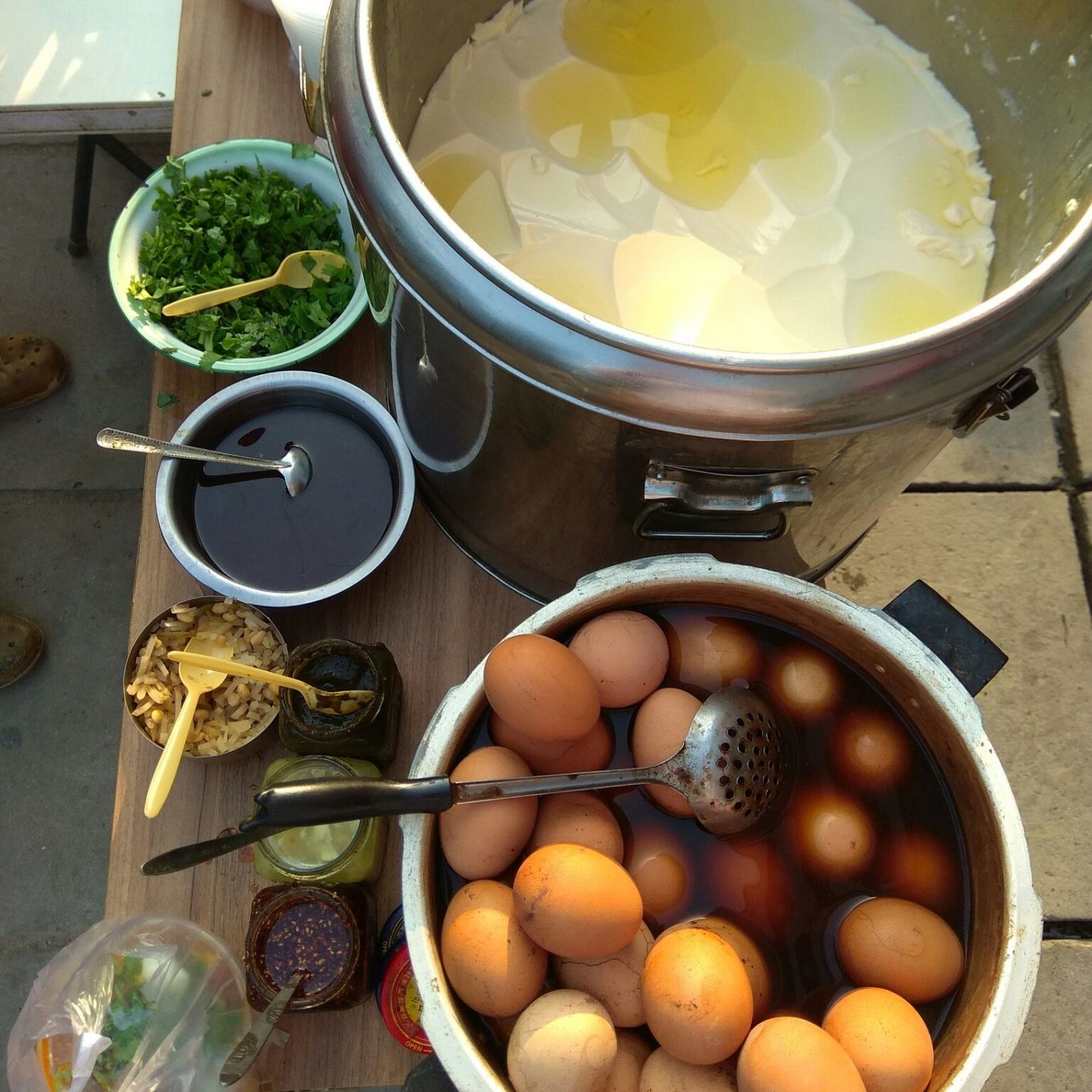

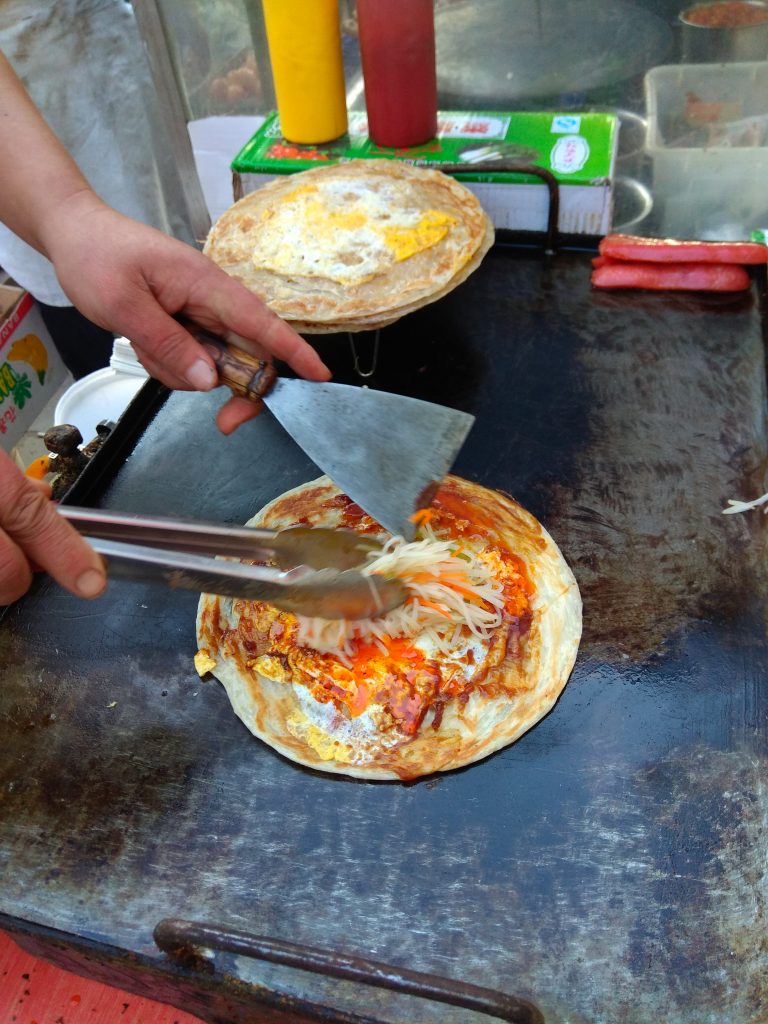
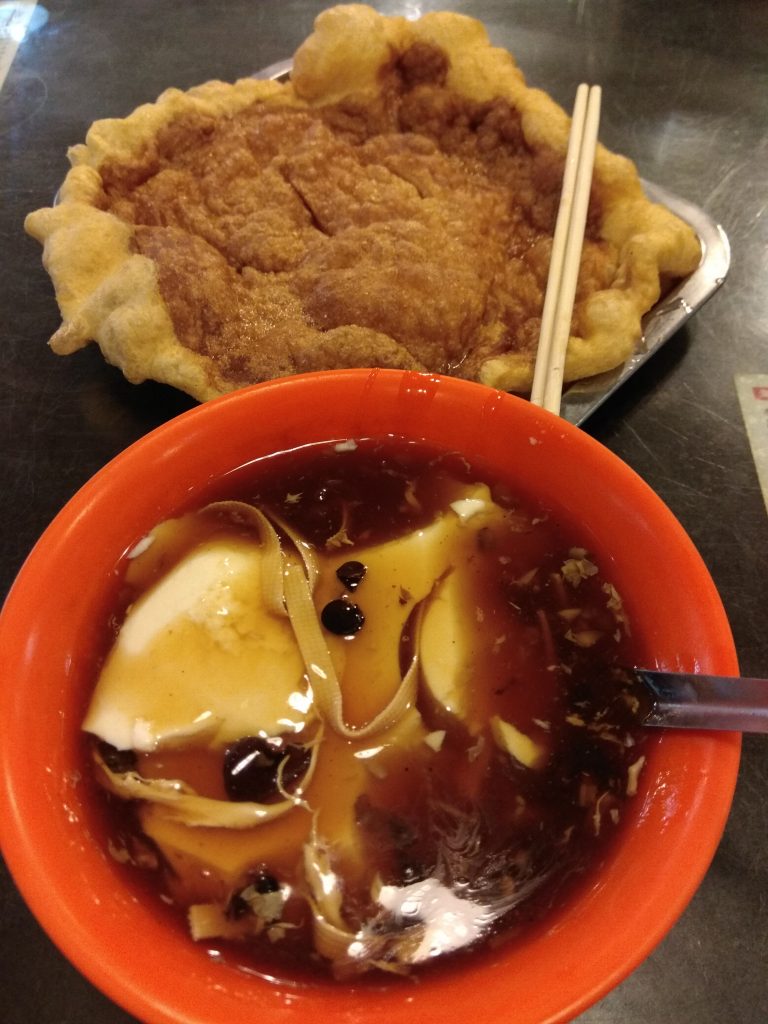
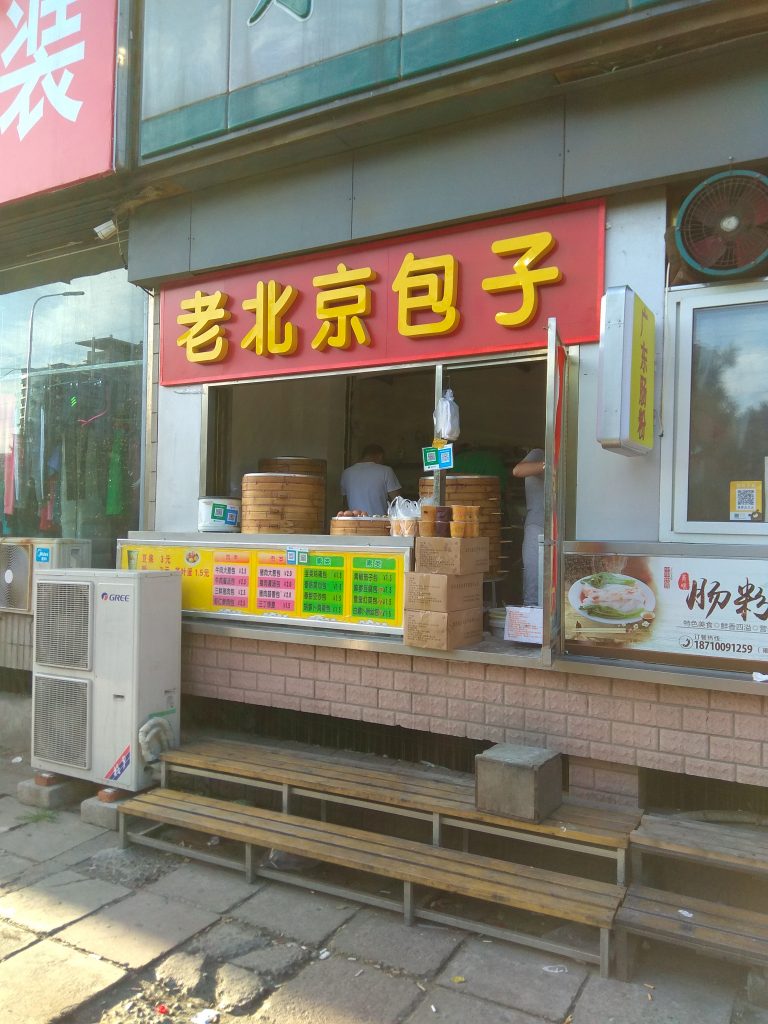
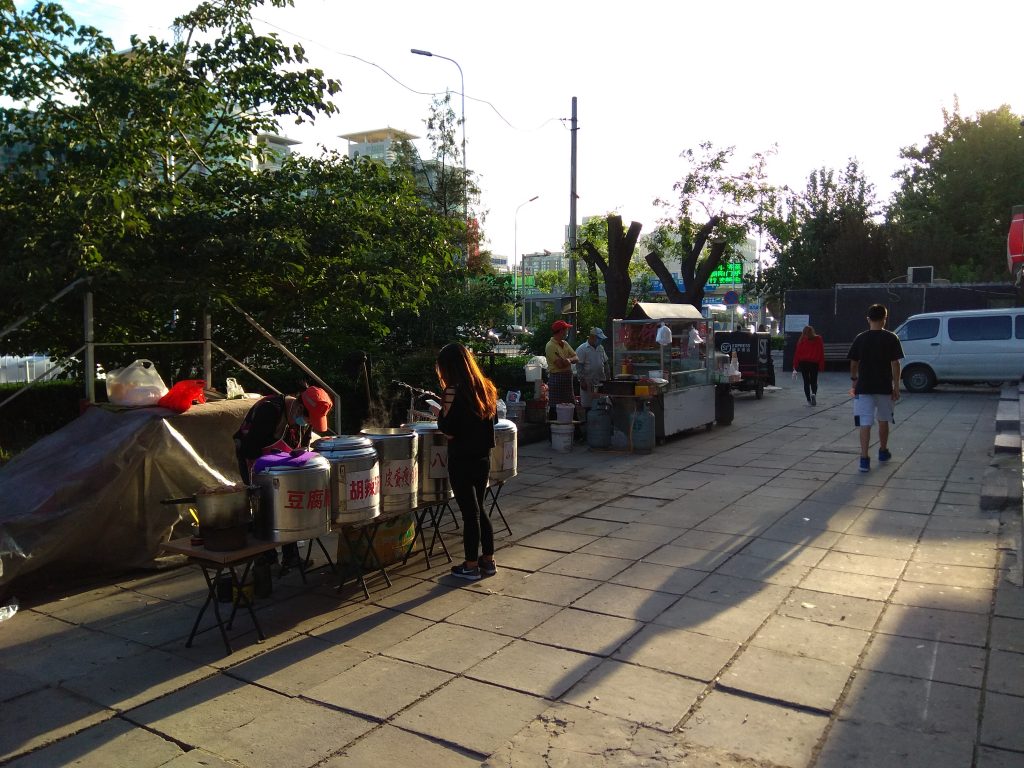
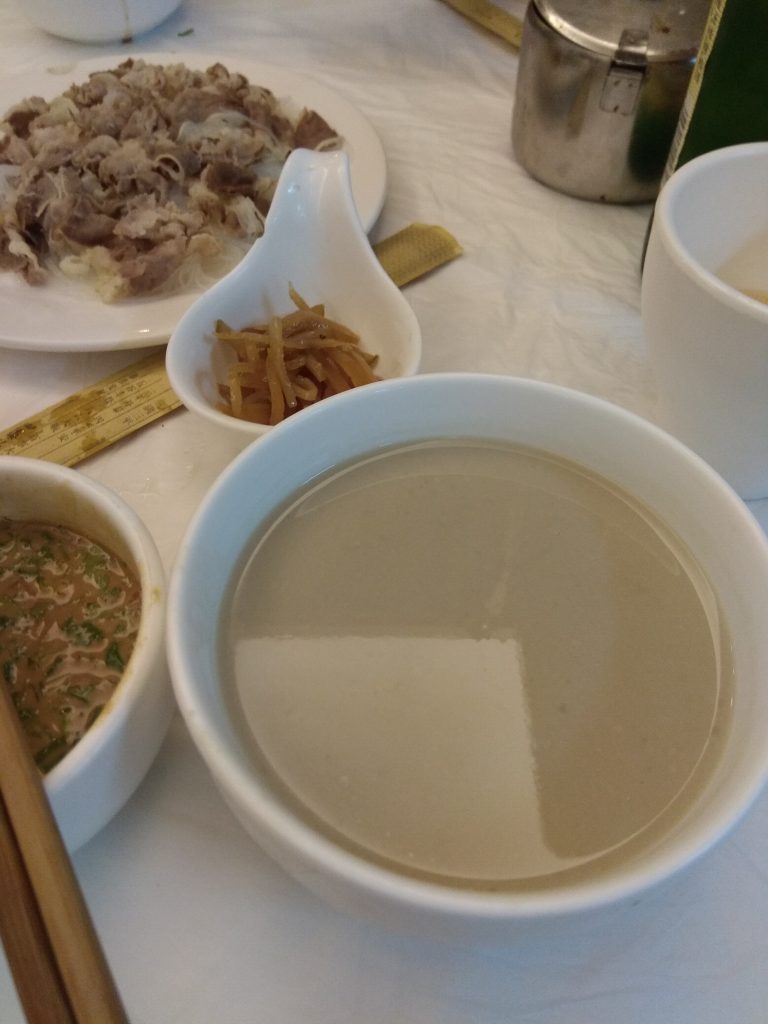
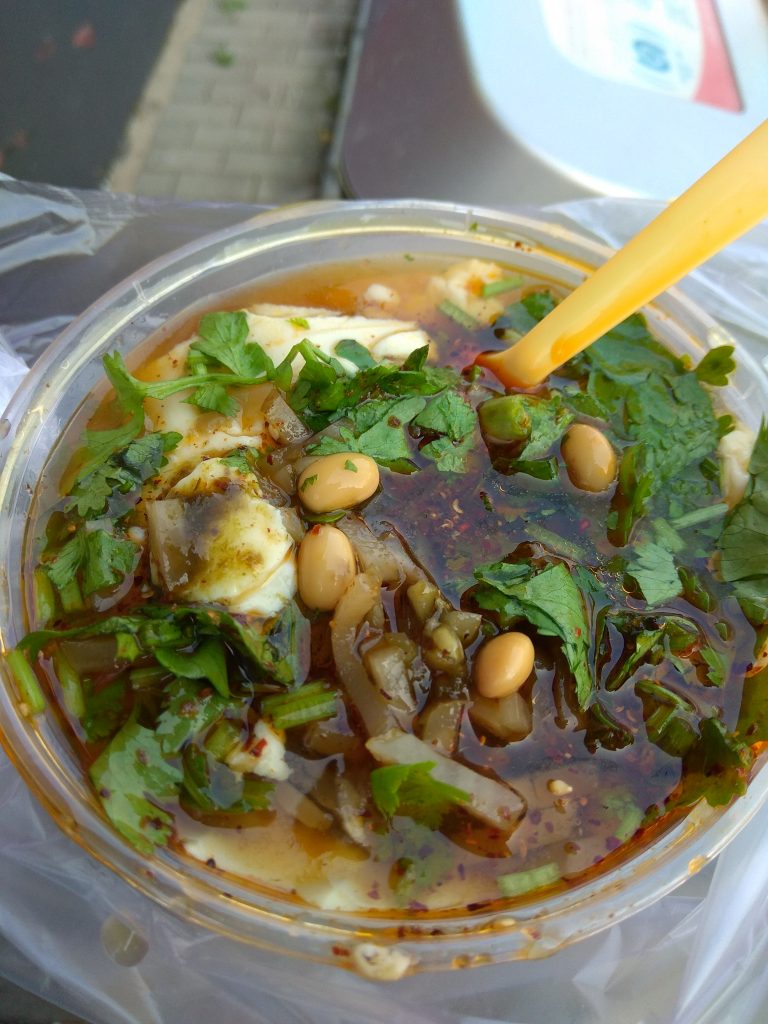
Leave a Reply